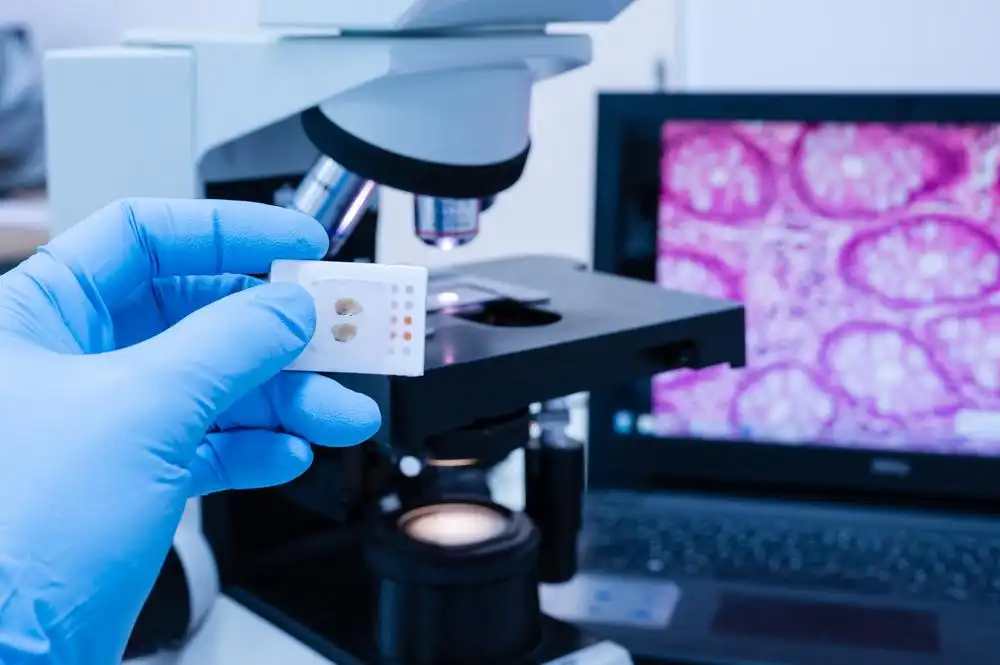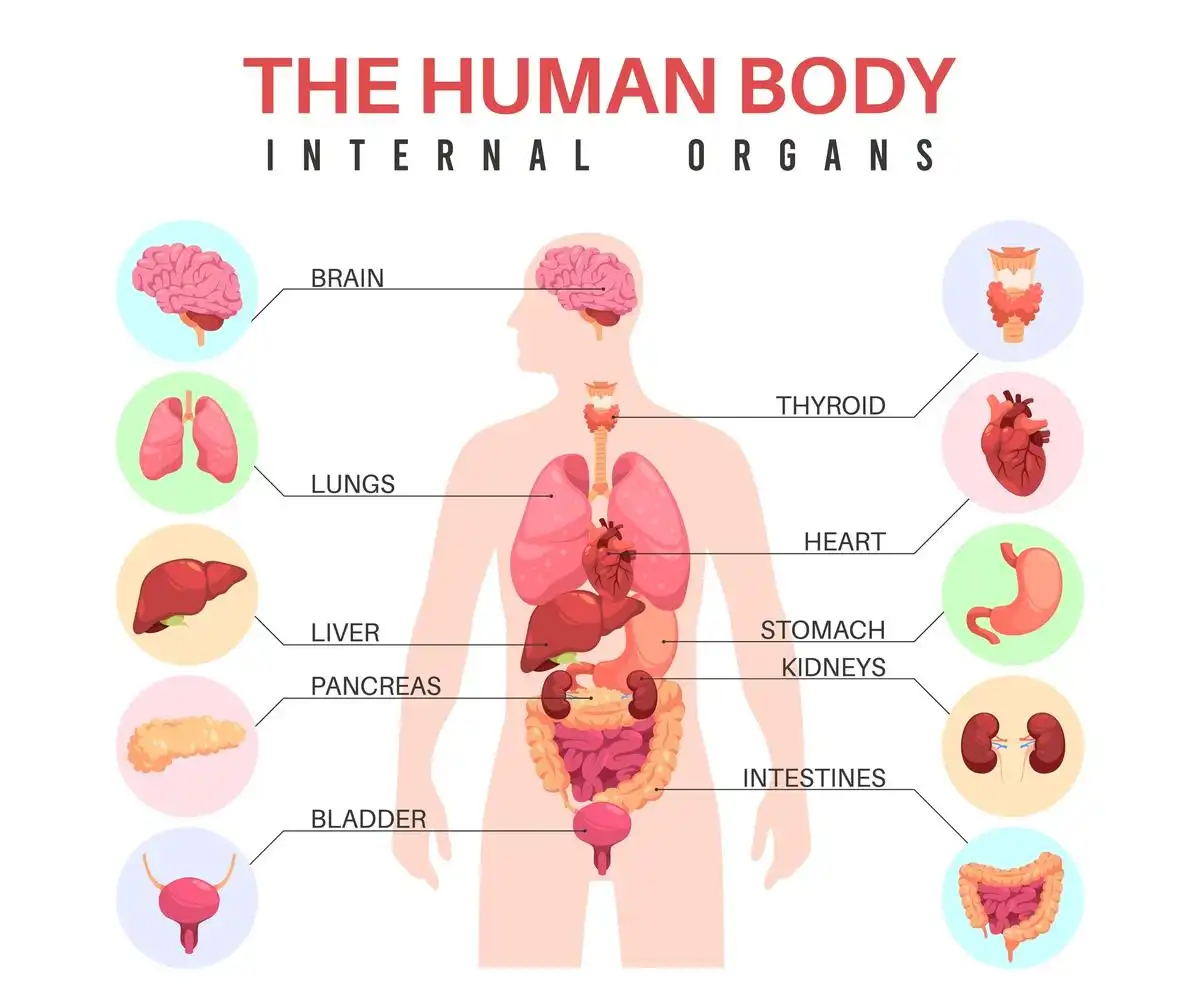Introduction
Anatomy deals with the study of the structure of organisms and their parts. It involves examining the physical and structural characteristics of living beings, including humans, animals, and plants. The knowledge of anatomy is important for medical professionals, biologists, and other scientists as it enables them to understand the functions and processes of different organisms.
Types of Anatomy
Anatomy can be broadly classified into three types based on the organism being studied:
- Human Anatomy: This branch of anatomy deals with the study of the structure and organization of the human body. It includes the study of various organs and tissues and their functions in the human body.
- Animal Anatomy or Zootomy: This branch of anatomy is related to the structure and organization of animals. It includes the study of various body systems, organs, and tissues, and their functions in different animal species.
- Plant Anatomy or Phytotomy: This branch of anatomy includes the structure and organization of plants. It includes the study of various plant organs such as roots, stems, leaves, flowers, and fruits, and their functions in different plant species.
Classification of Anatomy
Anatomy can also be classified into two types based on the level of organization that is being studied:
- Microscopic Anatomy or Histology: This branch of anatomy studies the structure and organization of tissues and cells that are not visible to the naked eye. It involves the use of microscopes to study the details of cells and tissues, including their structures and functions.
- Macroscopic Anatomy or Gross Anatomy: This branch of anatomy deals with the study of the structures and organization of organs and tissues that are visible to the naked eye. It involves the study of the body’s organs, systems, and structures in their entirety, and their functions as a whole.

Tissue slide in Histological study
Difference between Anatomy and Physiology
Anatomy and physiology are two closely related fields of study that are both concerned with understanding the structure and function of living organisms. While they are related, there are important differences between these two disciplines.
- Anatomy deals with the structure and organization of living organisms, including their internal and external parts. This includes the study of the shape, size, and location of organs, tissues, and cells. It also involves the study of the relationships between different structures and how they are interconnected. The goal of anatomy is to understand the physical structure of organisms, from the smallest cells to the largest organs.
- Physiology, on the other hand, is the study of the functions and processes that occur within living organisms. This includes the study of how different systems and organs work together to maintain homeostasis or a stable internal environment. Physiology is concerned with the study of how living organisms function, including the chemical and physical processes that occur within cells and tissues.
Importance of Anatomy
- Healthcare professionals, including physicians, nurses, and medical technicians, require a comprehensive understanding of anatomy to provide effective care for their patients.
- Anatomy plays a crucial role in disease diagnosis and treatment by enabling healthcare professionals to visualize and diagnose anatomical abnormalities in different parts of the body using medical imaging technologies.
- Knowledge of anatomy is essential for surgical interventions as surgeons rely on their understanding of anatomy to identify different tissues and organs during surgery, assess their relationships, and perform the necessary procedures safely and effectively.
- Studying anatomy is crucial for medical researchers as it enables them to explore new fields of medical science, develop new drugs and treatments, and improve medical technologies to enhance patient outcomes.

Different types of organs studied in anatomy
Applications of Anatomy
Anatomy has many applications in different fields, including medicine, biology, and engineering. Some of the applications of anatomy include:
Medical Science
Anatomy is an essential subject for medical students as it provides the foundation for understanding the structure and functions of the human body. Medical professionals use their knowledge of anatomy to diagnose and treat diseases, perform surgeries, and develop new treatments.
Biology
Anatomy is also important in the field of biology as it helps to understand the structure and functions of different organisms. Biologists use their knowledge of anatomy to study the evolution of different species and to identify common ancestors. They also use anatomy to understand the functions of different organs and body systems.
Engineering
Anatomy has applications in engineering as well. Engineers use their knowledge of anatomy to design and develop medical devices and prosthetics. They also use anatomy to design and develop machines and robots that can mimic the movements and functions of living organisms.
Conclusion
Anatomy deals with the study of the structure and functions of living organisms. The main types of anatomy are gross anatomy, and microscopic anatomy. The study of anatomy is a critical discipline in the medical and biological sciences, playing a vital role in healthcare, medical research, and education. By understanding the human body’s structure, functions, and relationship with other living organisms, healthcare professionals, researchers, and educators can improve medical interventions and technologies, diagnose and treat diseases more effectively, and enhance patient outcomes.
Frequently Asked Questions
1. What’s clinical anatomy?
Clinical anatomy is a branch of medical science that involves the study of the structure of the human body about its clinical significance. It is concerned with the structural and functional aspects of the body that are relevant to the diagnosis, treatment, and prevention of diseases and disorders.
2. What is systemic anatomy?
Systemic anatomy is a branch of medical science that focuses on the study of the human body in terms of its organ systems. It is concerned with the structure and function of the body’s major systems, like the skeletal, muscular, cardiovascular, and others.
3. What is histology?
Histology, also known as microscopic anatomy, is the study of the microscopic structure and function of tissues and organs. It involves the examination of thin slices of tissues, which are stained and mounted on glass slides, under a microscope. Histology is a fundamental discipline in the fields of medicine, biology, and other life sciences.